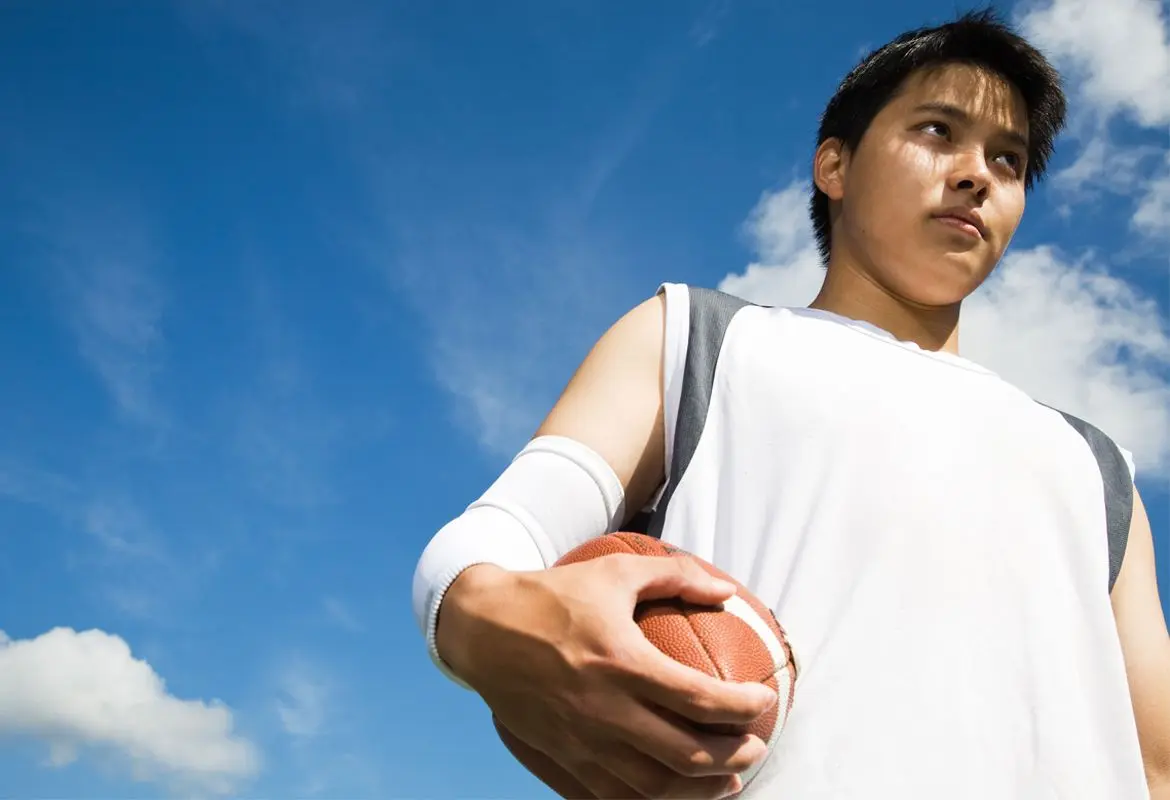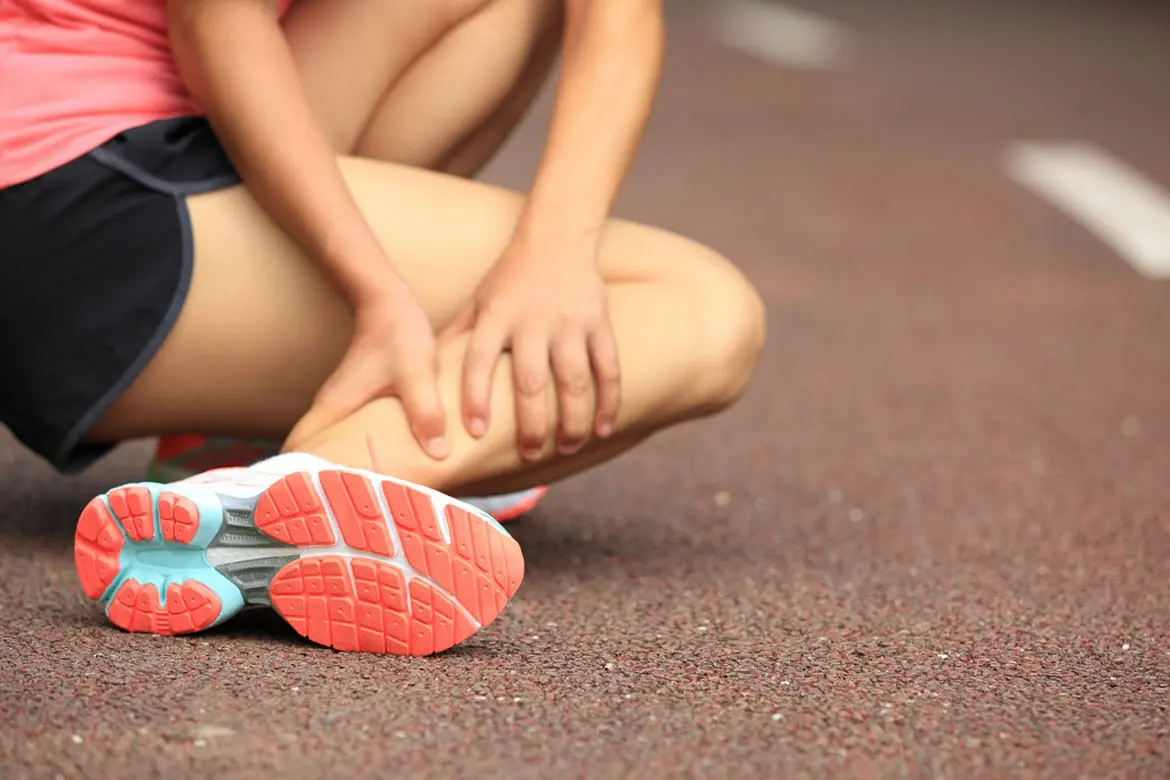Unlike the normal man on the street, general fitness is nary a concern for professional athletes. After all, they spend the bulk of their days working out and conditioning their bodies for their jobs. The real concern however, is when they sustain significant injuries. After all, for most professional athletes, their body is the main instrument of their career, and they are more susceptible to injuries compared to the average person.
For one of them, injuries have almost become a career hazard. "I have been quite lucky that I have not received any major injuries so far, but I have had countless ankle sprains throughout my career, and many minor injuries. In fact, I just dislocated my finger last week," says Wong Wei Long, a professional basketball player who plays the point guard position for the Singapore Slingers.
Ankle and knee sprains
"Ankle sprains are essentially partial tears of ligaments. In minor sprains, these partial tears heal with time and rest," says Dr Kevin Lee, an orthopaedic specialist at Mount Elizabeth Hospitals, Singapore. "In major sprains or in frequent and recurrent sprains, these ligaments can become completely torn, leading to ankle instability when walking or running on uneven surfaces such as rocky ground. Frequent sprains can also lead to cartilage injury in the ankle."
Pain, in most cases, can be an excellent teacher. While not all injuries can be avoided, a painful injury can spur you to err on the safe side, especially for someone playing contact sports. "In order to protect myself, I have learnt to try and stay on the ground more during games," says Wei Long, who turns 27 this year. "I don't jump as much as I used to, and I am much more careful with my movements, especially those that require twisting of the knee and ankle."
According to Dr Lee, sudden twisting motion to the knee can result in a tear to the anterior cruciate ligament (ACL) and the meniscus cartilage. Minor injuries to these parts can be treated through physiotherapy, but serious cases will require surgical treatment. ACL reconstruction, where the torn ligament is replaced by a tissue graft from another part of the body, can be performed for serious ACL injuries. A torn meniscus cartilage can be reattached to the bone. In both cases, the procedures can be done through minimally invasive techniques, where a small camera and surgical tools are inserted through tiny cuts in the knee.
Keeping their bodies in optimum condition
Keeping their bodies in optimum condition is a constant priority, which means most athletes unconsciously end up being unwitting semi-professionals at treating sports injuries. "I will ice my legs after games and trainings, especially the painful areas. My legs are not as healthy as before, so I have to be very careful," says Wei Long, who graduated from NTU recently. "Taking caution is important, not only for the sake of my professional career, but also to prevent any long term implications that can affect my physical health for the rest of my life."
Those who suffer from sprains and other acute injuries to the joints and muscles can make use of the RICER technique. This technique includes Rest, Ice, Compress, Elevate, and Referral. Referral means to see an orthopaedic specialist, even if the first four methods do minimise or even remove the pain. This is because what seems like a common ankle sprain could actually be a long term injury to your muscle, joints or ligaments. It is always safer to get your injury checked out by a specialist in order to know the full extent of damage to your body.
While it is important to heed the lessons your injuries might teach you, the most important advice is still that of your doctor's. "As professionals, we are being taken care of by the doctors, and I make sure to follow the doctor's advice about my fitness and health. When I am injured, I make sure that I don't do any exercise without my doctor's permission," says Wei Long, who is currently juggling his professional career with managing his own basketball academy. It is common for normal people to ignore their injuries, or just perform self-treatment. "If the injury causes persistent pain for more than a week from the time of injury," says Dr Lee, "they should seek consultation with an orthopaedic specialist to rule out more serious injuries and to avoid further damage to the injured part."
"As a professional, you are usually not advised to play in community or friendly basketball games outside of your job in order to protect your body," says Wei Long, before grinning suddenly. "However, as long as the doctor clears me, I will play any time, even for a simple game with my friends. I love the sport too much!"
Unlike Wei Long, most people are not regularly supervised by sports doctors.












